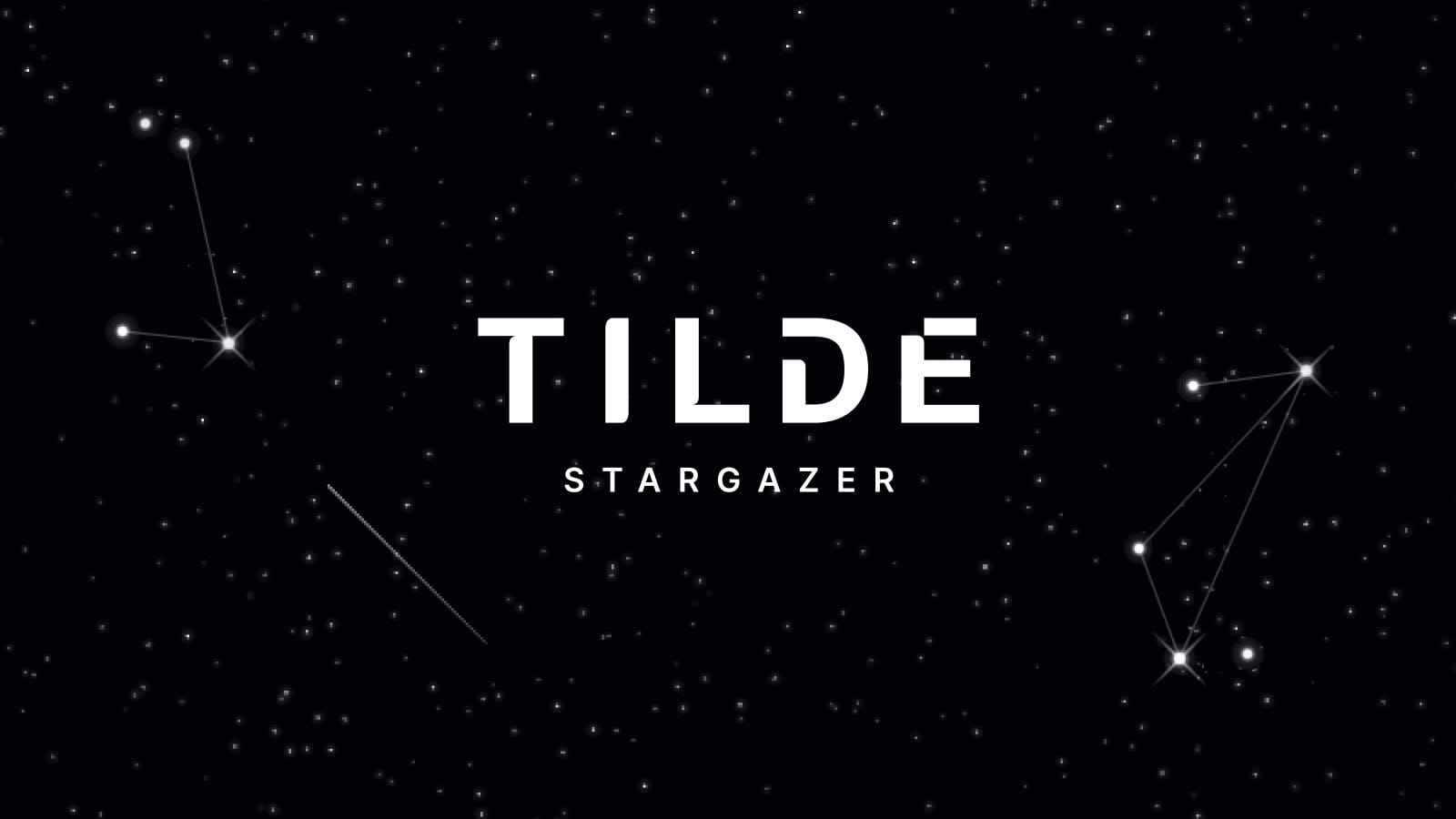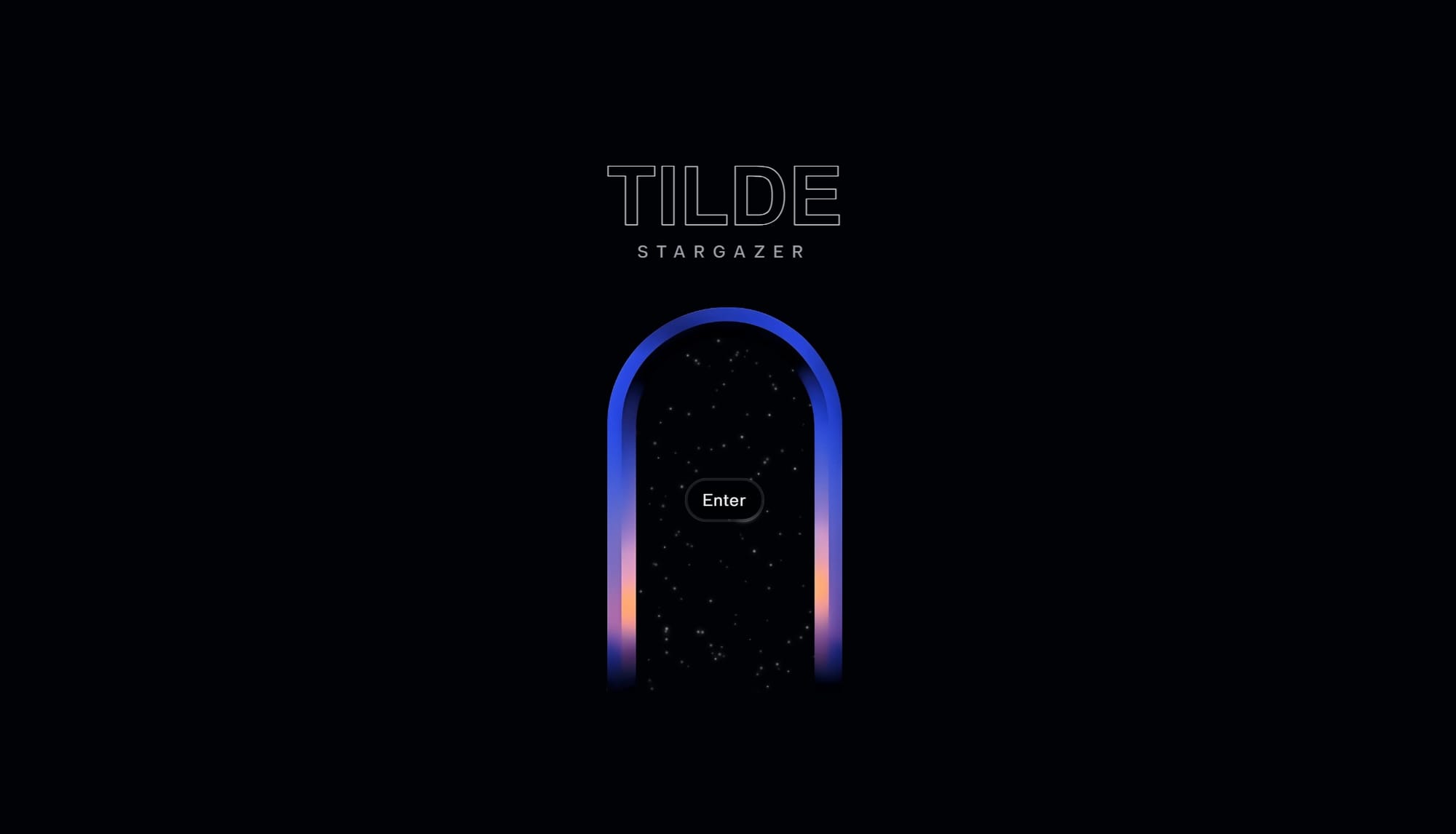Tilde Research Unveils Stargazer to Unlock AI Interpretability and Control
Tilde Research launches Stargazer, a tool that unlocks AI interpretability and control by letting users explore models' internal mechanisms.

The AI landscape is on the brink of a transformative era. With models exhibiting superintelligent capabilities and PhD-level reasoning, the challenge no longer lies in computational prowess but in effective communication and control. Recognizing this gap, Tilde Research has launched Stargazer, a groundbreaking tool that empowers users to delve into the inner workings of advanced language models.
We're thrilled to be launching Tilde.
— Tilde (@tilderesearch) November 12, 2024
We're applying interpretability to unlock deep reasoning and control of models, enabling the next generation of human-AI interaction.
By understanding a model's inner mechanisms, we can enhance both its reliability and performance—going… pic.twitter.com/R7xCLiy35o
Bridging the Communication Gap in AI
Despite the remarkable intelligence of modern AI systems, their integration into complex tasks remains limited. This paradox arises from treating these sophisticated models as black boxes, relying heavily on prompting—a method that is inherently lossy and inefficient. As Tilde Research aptly compares, it's akin to optimizing software without access to its source code.
Applied Interpretability: The Next Frontier
Tilde Research is pioneering the field of applied interpretability, which focuses on understanding and controlling a model's internal mechanisms. By deciphering how models process information internally, we can directly influence their behavior and utilization of latent knowledge. This approach not only enhances safety but also significantly boosts performance, enabling models to tackle tasks that were previously unattainable.
Introducing Stargazer: Exploring the AI Universe
Stargazer serves as a window into the universe compressed within a model's billions of parameters. Leveraging one of Tilde's interpreter models, users can explore the internals of an open-source Llama model. This interactive platform demystifies the black box, allowing users to visualize and comprehend the complex computations that drive AI responses.

Theoretical Foundations: Sparse Autoencoders and Dictionary Learning
At the heart of Tilde's approach lies the concept of sparse autoencoders and dictionary learning. Traditional interpretability efforts often fell short due to the polysemantic nature of neurons—individual neurons representing multiple, unrelated features. Tilde addresses this by shifting the focus from neurons to features, which are linear combinations of neurons that represent specific concepts.
Dictionary Learning and Sparsity
Dictionary learning aims to decompose neural activations into sparse, interpretable features. By encouraging sparsity—where only a small subset of features is active for any given input—we obtain representations that are both efficient and meaningful. This sparsity ensures that each feature corresponds to a distinct concept, enhancing interpretability.
However, achieving the right balance between sparsity and reconstruction accuracy is challenging. Too much sparsity can lead to loss of vital information, while too little can result in uninterpretable features. Tilde tackles this by employing advanced mathematical techniques to navigate the sparsity-reconstruction trade-off effectively.
Overcoming Challenges in Interpretability
Two significant hurdles in dictionary learning are the infinite width codebook problem and feature oversplitting. An infinitely large dictionary can memorize data examples, leading to perfect reconstruction but poor generalization. Feature oversplitting occurs when cohesive features are unnecessarily divided into overly specific ones, reducing interpretability.
Tilde's approach involves thoughtful regularization and innovative learning algorithms to mitigate these issues. By imposing priors and constraints informed by compressed sensing and sparse coding theories, they enhance the quality and interpretability of the learned features.
Top-k Activation Functions: Enhancing Sparse Autoencoders
A pivotal aspect of Tilde's methodology is the use of Top-k activation functions in sparse autoencoders. Unlike traditional methods that balance sparsity penalties with reconstruction loss, the Top-k approach fixes the number of active neurons, simplifying the learning dynamics. This hard constraint creates an information bottleneck, forcing the network to prioritize the most informative features.
By limiting the flow of information, Top-k activation functions improve generalization and robustness to noise. Tilde's experiments demonstrate that this method leads to smoother learning dynamics and better performance in high-noise settings compared to adaptive sparsity approaches.
Empowering Human-AI Interaction
Tilde's vision extends beyond technical advancements. By providing tools like Stargazer, they empower human experts to ensure that AI models effectively utilize complex knowledge. This collaborative approach allows AI to tackle tasks beyond human reach while maintaining human oversight and control.
Their full-stack interpretability solutions include general interpreter models integrated at each stage of the inference pipeline. This not only elevates traditional fine-tuning and post-training methods but also adds a new layer of insight and control over AI behavior.
A Philolophy Rooted in Mathematical Insight
While scaling interpreter models is part of the solution, Tilde emphasizes that the key to genuine model understanding lies in finding the right mathematical lens. They draw inspiration from decades of research in compressed sensing and sparse coding, applying these principles to modern AI models.
Their team, comprising experts from academia and industry, is united by the fundamental goal of achieving a better understanding of the universe. They view AI models as "universe compressors," distilling humanity's entire knowledge into trillions of parameters. By exploring the "constellations hidden inside the black box," they aim to unlock unprecedented levels of AI interpretability.
Conclusion: Building the Future of AI
Tilde Research's launch of Stargazer marks a significant step toward bridging the communication gap between humans and AI. By focusing on applied interpretability, they are paving the way for AI systems that are not only more powerful but also more transparent and controllable.
As we stand on the cusp of an era where superintelligence could achieve centuries of progress in months, tools like Stargazer are essential. They ensure that as AI models grow in capability, we maintain the ability to understand and guide them effectively.
Tilde invites those interested in shaping the future of AI to join them in this exciting journey. With a blend of theoretical rigor and practical application, they are redefining what is possible in human-AI interaction.
Check out their website: https://tilderesearch.com